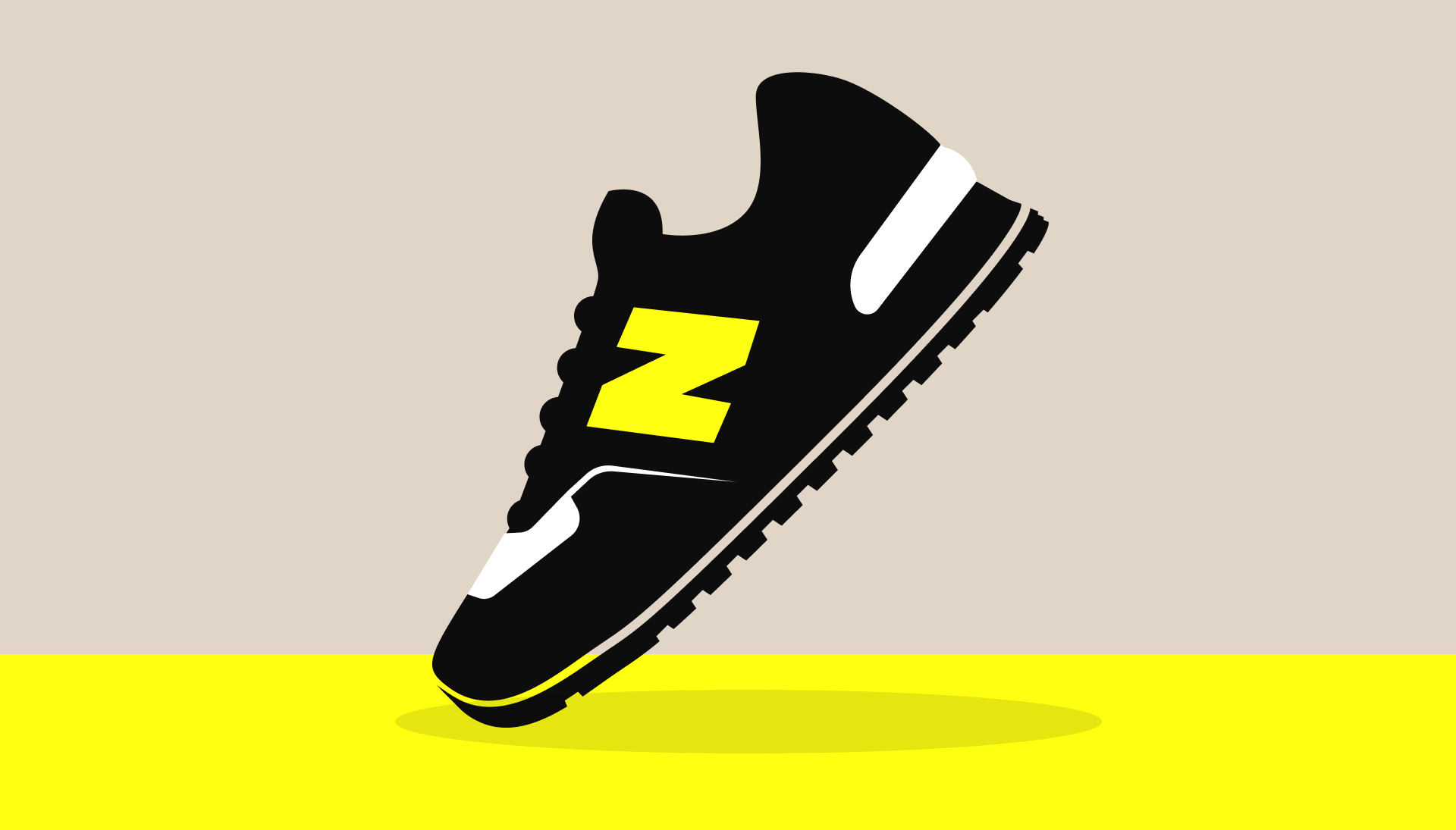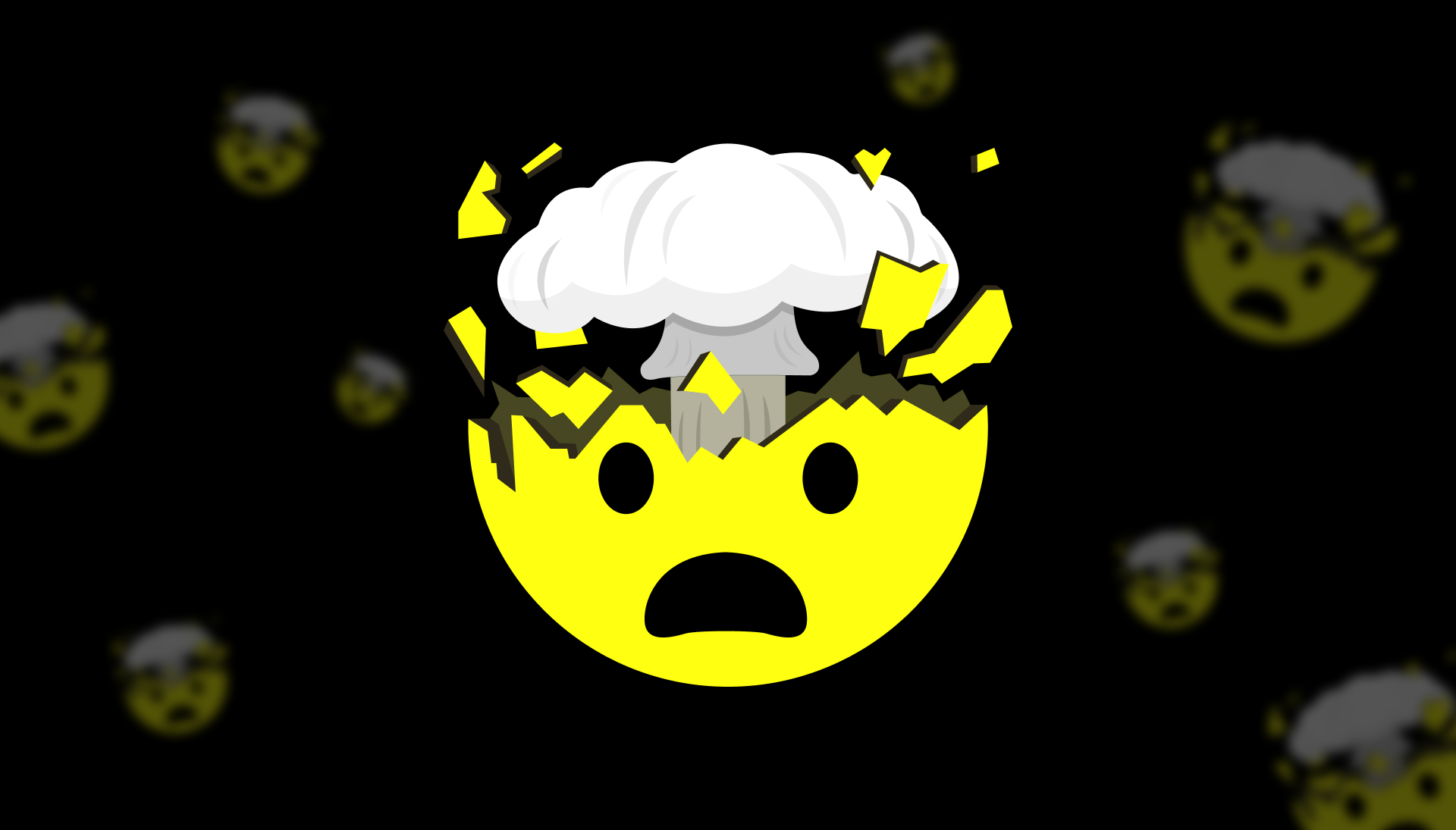As marketers, a big part of our job is influencing the decisions people make. But we can only really do that when we understand the way people make decisions. And while the path from awareness to purchase may have once been relatively straightforward, we’ve known for some time that the reality is anything but. It’s more like this, actually.

“The way people make decisions is messy — and it’s only getting messier"1
The complexity around decision-making has grown exponentially over recent decades with consumer influence being increasingly fragmented across channels, devices and platforms2.
Most critically, online has become one of the most prominent channels, with 81% of shoppers conducting online research before they make a purchase3. Making sense of this “mess” and guiding consumers from trigger to purchase is becoming increasingly important as we see an acceleration of online research and shopping thanks to COVID-19.
A recent Google report makes it clear the process is not as linear as we’d like to think. Google distils two stages in a buyer’s online decision-making journey:
- The exploration stage (expansive)
The stage where we add brands, products and category information to mental portfolios or “consideration sets”. - The evaluation stage (reductive)
The stage where we narrow down on options.

Between the twin poles of trigger and purchase sits the messy middle.
The ultimate goal is to get a buyer to stop flip-flopping between stages and buy your product, but the key to doing this starts by understanding how you can use the messy middle to your advantage. With the abundant and unlimited choice available, customers are using a range of cognitive shortcuts to make sense of all of it:
- Search engines to the rescue.
The internet has evolved from a place where it was easy to compare price to a tool for comparing everything, effectively outsourcing the decision. A simple illustration of this can be seen in the respective growth and decline in worldwide search interest for the terms “cheap” vs “best”.
AFFINITY tip: Make sure you understand the key language being used by customers searching within your category, so you know where you can best intercept them.
Source: Google Trends, Worldwide, 2004-July 20202 - Cognitive biases
While there are many hundreds of cognitive biases, Google identified six which were all tested successfully at scale in their report:
- Category heuristics: Simplifying the decision-making process by looking at fewer pieces of information (i.e. the number of megapixels on a camera).
AFFINITY tip: Make sure you’ve properly done a competitive analysis and pull out your strong selling points, help your customers with easily accessible information. - Power of now: when we want something, we want it now.
AFFINITY tip: Make your product accessible as soon as possible. Think instant download or 24-hour delivery. If someone is interested in your product, reduce delays at every stage of the buying process. - Social proof: Humans tend to copy the behaviour and actions of other people in situations of ambiguity or uncertainty.
AFFINITY tip: Leverage your positive customer reviews and testimonials as much as possible. - Scarcity bias: Rare or limited resources are more desirable.
AFFINITY tip: Limited time release windows on products or lotteries that give people the “chance” to purchase your product are just some tactics that have seen great success in recent times. - Power of free: A gift with a purchase, can be a powerful motivator.
AFFINITY tip: A well-timed and thoughtful offer can be powerful but, in many cases, not necessarily required if the rest of the journey seamless.
While advertisers spend a lot of time tracking user interactions and optimising media, to consumers their new shopping habits just feel like normal shopping. Clever strategic or creative insights will continue to play a part, but winning the messy middle relies on leveraging key touchpoints with thoughtful and considered messaging.
Whether you’re a giant or challenger brand, the same recipe applies: maximise brand presence, employ behavioural science principles to your advantage and close the gap between trigger and purchase.
Download the full Google report here.
1 https://www.thinkwithgoogle.com/consumer-insights/navigating-purchase-behavior-and-decision-making/
2 https://blog.globalwebindex.com/marketing/consumer-buying-process/
3 https://www.price2spy.com/blog/consumer-behavior-of-online-customers/


















